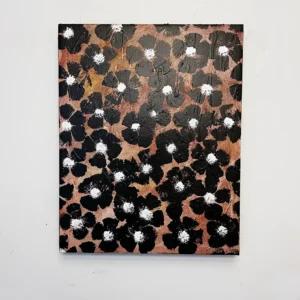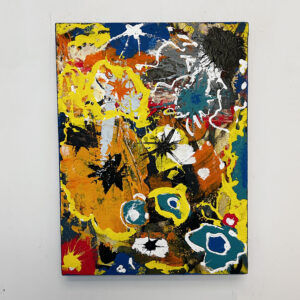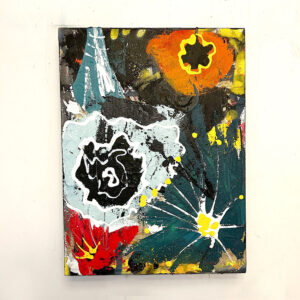Abstract art has a long and intriguing history, one that began in Pittsburgh and evolved over the years. It all started with the avant-garde modernist movement that emerged in Europe during the early 20th century. These artists sought to move away from traditional representational works of art, which had been popular for centuries. Instead, they sought to explore the realm of abstract painting, focusing on basic geometric shapes and colors instead of literal representations of objects or figures.
The concept of abstract art quickly gained traction both among other European painters and those living in America. One particularly influential group was based in Pittsburgh – called The Associated Artists of Pittsburgh – who pushed the boundaries of what could be considered “art” even further by embracing abstract expressionism. This movement, which began around the 1930s, was characterized by bold brush strokes and exaggerated shapes.
By the 1950s, abstract art had become more widely accepted across the globe as a legitimate form of artistic expression. American painters in particular began to experiment with various techniques such as action painting, hard-edge abstraction, and color field painting. These works often depicted everyday objects or scenes in an unrecognizable form. The 1960s saw further experimentation with Pop art and Op art – works that combined elements of both abstraction and representation to create something entirely new.
Today, abstract art remains an important part of the world’s visual culture. It is still evolving in exciting ways, with artists continuing to explore the boundaries between abstraction and representation in order to create works that are both aesthetically pleasing and thought-provoking. The history of abstract art is a fascinating one, one that began in Pittsburgh and has since spread across the world. Its continued evolution will no doubt provide art lovers with plenty of inspiration for many years to come.


